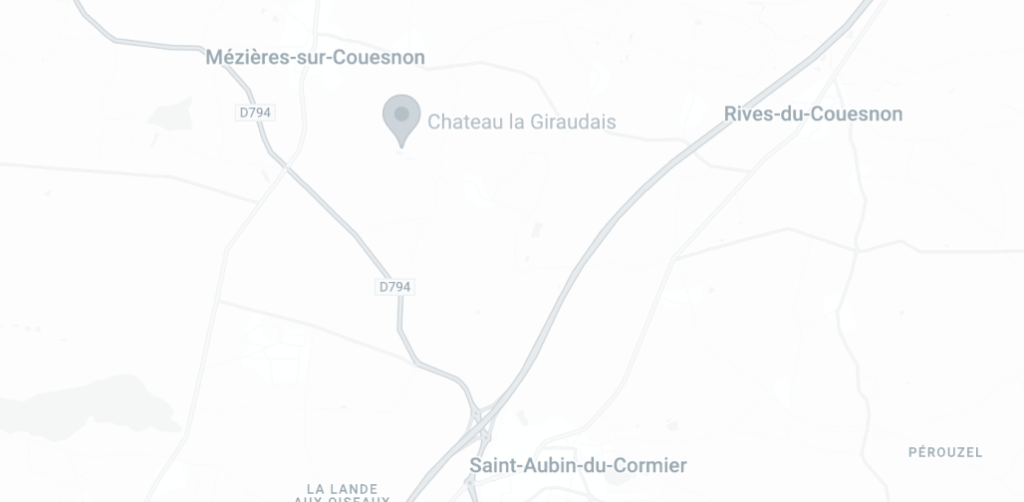
A Brief Summary of Brittany's History
The History of Brittany, or Breton History, or even the History of the Britanny, spans centuries, even over two millennia. It begins in the island of Brittany, long before the Roman and Christian eras… Then, the Breton Queen Boudica from the Iceni tribe heroically resisted the Romans, uniting a part of the 40 Brittonic tribes, just as Vercingetorix united a large part of the 60 so-called Gallic or continental Celtic tribes against the Roman oppressor. Rome eventually imposed itself for several centuries, roughly four to five, before eventually collapsing… Leaving the native peoples to emerge again under new structures…
In Armorica, a new country began to form in 410 AD when Emperor Honorius wrote to the cities of Britannia, instructing them to provide for their own security, signaling the vacancy of Roman power and the liberty of self-administration for the former provinces: This marked the birth of Brittania, our future Brittany, still maintaining strong maritime relations with the original island of Brittany, sharing the same culture, history, and community of thought…
When the Roman Empire collapsed, the island of Brittany was no longer defended by its Britto-Roman legions, leading to an increasingly massive influx of invaders drawn to the large fertile territories and ecclesiastical wealth of the island: Danish Vikings and Scots from Ireland to the north, Gaels from Ireland to the west, and Angles, Jutes, and Saxons from the east… The foreign invaders grew more numerous over the decades, and the Breton forces organized to resist the armed settlers, but after victories came defeats (originating the Arthurian legend), and the Bretons were forced to regroup on the western half of the island, from southern Scotland to Cornwall, through Wales. Many Bretons then began to migrate toward the sparsely populated Breton peninsula on the continent, where they settled permanently, creating Christian communities. These communities still bear the names of their spiritual leaders, later known as Saints, who became the subject of countless miraculous legends. This Breton immigration lasted almost two centuries, forming three distinct kingdoms in the Breton territory: to the north, Domnonée, mainly made up of Bretons from present-day Devon; to the southwest, Cornwall, primarily from present-day Cornouaille; and Bro Weroc or Bro Erec to the south, mostly from present-day Wales. These new Breton arrivals integrated into the local Celtic Gallo-Roman population, once part of the flourishing pre-Roman Armorican cities: the Osismii to the west, the Coriosolites and Redones to the north, and the Veneti and Namnetes to the south. These Breton farming and livestock communities cleared the lands that had returned to wilderness after the fall of the empire, built villages and religious buildings, forming the network of villages and small cities we still recognize today.
Our continental Brittany, already structured for more than a century, was then invaded by the Franks of Clovis from the east. The difficult cohabitation between Bretons and Franks led to a series of bloody wars driven by the expansionist ambitions of the Franks, punctuated by moments of relative peace, for nearly three centuries. This common enemy forced the Bretons to unite and merge their three kingdoms into a single Kingdom of Brittany in the 8th and 9th centuries, initially under the resistance Kings Morvan and Wiomarc’h, and later under the conquering Kings Nominoë, Erispoë, and Salaün, who expanded Breton territory at the expense of the Franks. The consolidation and expansion of the Kingdom of Brittany were halted by devastating Viking invasions. King Alain the Great, and later his grandson Duke Alain Barbetorte in 939 at Trans La Forêt, freed Brittany from the Vikings, and Brittany became a sovereign, independent Duchy.
Over time, from Duke to Duke, Brittany became a prosperous land until the War of Succession in 1341-1365, which led to chaos and civil war between two factions: the pro-French faction of Charles de Blois, and the pro-English faction of Jean de Montfort. Peace was restored under the reign of Jean IV, who made Brittany a true Breton state. Subsequent Dukes successfully safeguarded Brittany’s sovereignty through a fragile diplomatic balance between France and England. Unfortunately, King Louis XI ardently desired to conquer the rich Duchy of Brittany, and his daughter Anne de Beaujeu, regent of France, continued his policy of annexation on behalf of her young brother Charles VIII. France waged a merciless war in Brittany from 1487 to 1491, until the young Duchess Anne of Brittany was forced to marry King Charles VIII on December 6, 1491, thus binding Brittany to France by marriage. Charles VIII abolished all the privileges of Brittany, which was fully administered by France. After his death in 1498, Anne of Brittany restored the Chancellery, the Council, and other institutions that had been dormant. In 1499, she married the Duke of Orleans, who became King Louis XII with a marriage contract preserving the independence of Brittany. However, this independence was eroded after Anne’s death: With the agreement of Louis XII, their daughter Claude married the Duke of Angoulême, who became King François I. He deprived the young Duchess Renée of Brittany, Claude’s sister, of her title and crown, permanently incorporating the Duchy of Brittany as a province under the French crown through the Edict of August 4, 1532. Brittany retained an autonomous parliament, which it eventually lost during the French Revolution. Since then, Brittany has only been an administrative region of France with no real power, and its fifth department, the richest one, Loire-Atlantique, was even separated during and after World War II (in 1941, with partition confirmed in 1956 and 1972).








